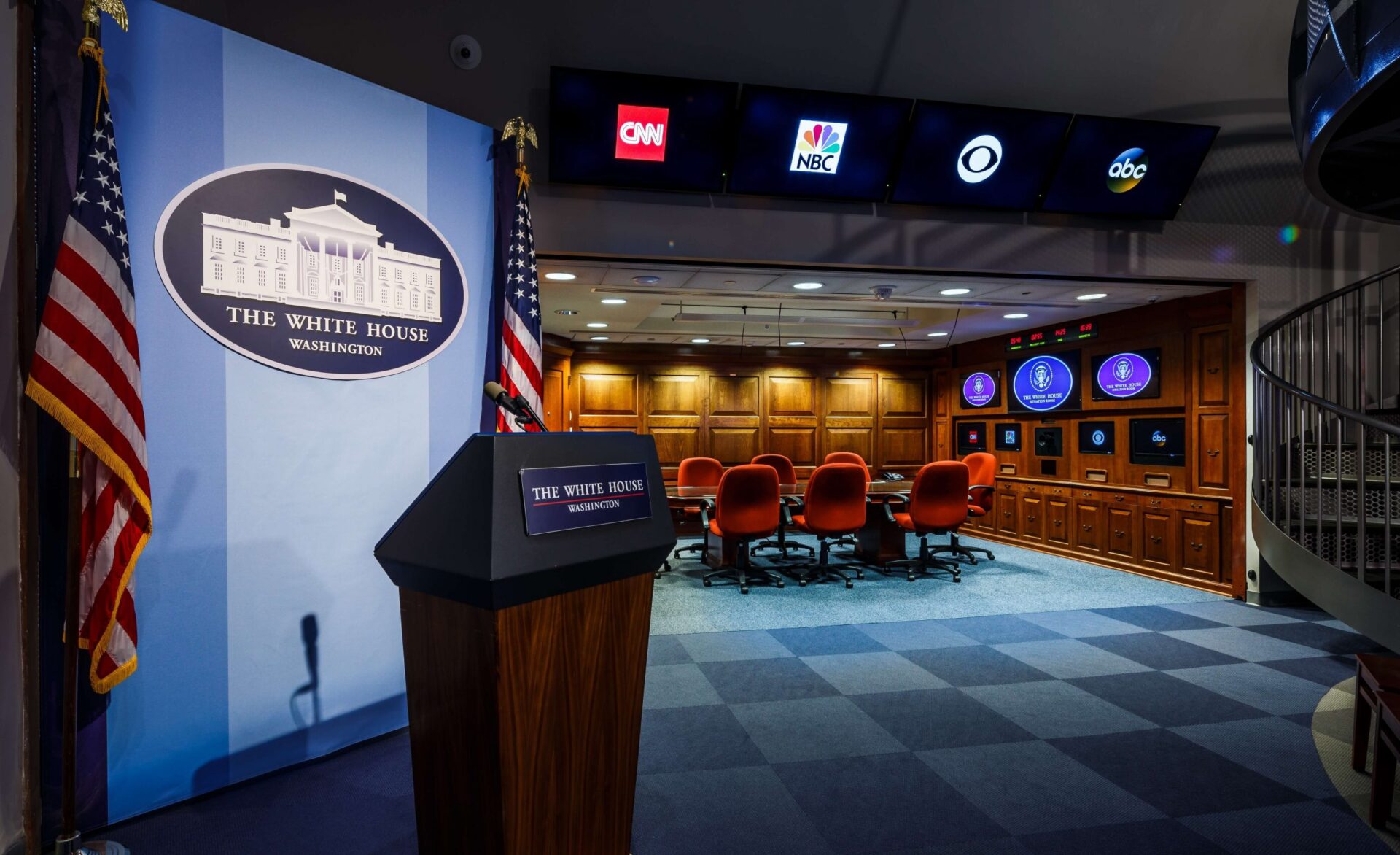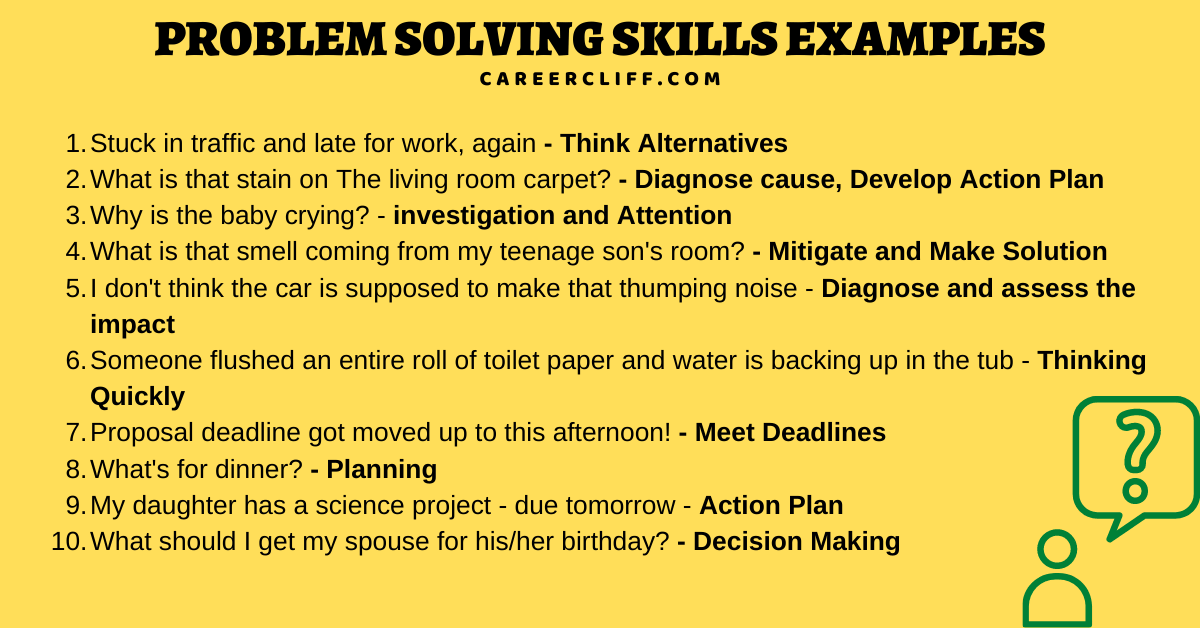Table Of Content

Take our Design Thinking course which is the ultimate guide when you want to learn how to you can apply design thinking methods throughout a design thinking process.Herbert Simon, The Sciences of the Artificial (3rd Edition), 1996. It is important to note the five stages of design thinking are not always sequential. They do not have to follow a specific order, and they can often occur in parallel or be repeated iteratively. The stages should be understood as different modes which contribute to the entire design project, rather than sequential steps. Depending on time constraints, you will gather a substantial amount of information to use during the next stage. The main aim of the Empathize stage is to develop the best possible understanding of your users, their needs and the problems that underlie the development of the product or service you want to create.
Stage 5: Test—Try the Solutions Out
1767 Designs Repurpose the Rubble of Old Nashville - The Bluegrass Situation
1767 Designs Repurpose the Rubble of Old Nashville.
Posted: Thu, 14 Jan 2016 08:00:00 GMT [source]
In fact, analysis and synthesis often happen consecutively throughout all stages of the Design Thinking process. Design thinkers often analyse a situation before synthesising new insights, and then analyse their synthesised findings once more to create more detailed syntheses. IDEO is a leading design consultancy and has developed its own version of the design thinking framework and adds the dimension of implementation in the process.
Personalized Shopping Experiences
This could involve using location-aware technologies and customer data to customize product recommendations, promotions, and store layouts based on individual preferences and past purchase history. By tailoring the shopping experience to each customer’s unique needs and interests, retailers can enhance customer satisfaction and loyalty. In educational design, situational design focuses on creating learning environments and materials that support diverse learning styles and objectives. Designers tailor instructional methods, content delivery, and assessment strategies to meet the specific needs and abilities of learners within different contexts, promoting engagement and learning outcomes. In addition to internal factors, external factors that may impact your organization's performance and competitiveness must be analyzed.
Stage 4: Prototype—Start to Create Solutions
Design thinking is a problem-solving methodology that helps teams develop new ideas. In the “Ideate” phase, the team synthesizes the insights gained to brainstorm a wide array of creative solutions. This stage encourages divergent thinking, where teams focus on quantity and variety of ideas over immediate practicality. The team tests these prototypes with real users to evaluate if they solve the problem. The test might throw up new insights, based on which the team might refine the prototype or even go back to the Define stage to revisit the problem.
Design Situation: Deep Research

However, design thinking is not an exclusive property of designers—all great innovators in literature, art, music, science, engineering, and business have practiced it. Design thinking is a methodology which provides a solution-based approach to solving problems. When you know how to apply the five stages of design thinking you will be impowered because you can apply the methodology to solve complex problems that occur in our companies, our countries, and across the world.

Designing transportation hubs that seamlessly integrate various modes of transportation and provide real-time information and assistance to travelers. This could include interactive kiosks, wayfinding signage, and mobile apps that help users navigate the hub and plan their journeys efficiently. By considering factors such as user mobility, language preferences, accessibility requirements, and the material, designers can create transportation hubs that are intuitive, user-friendly, and inclusive. Continuously evaluate the impact and effectiveness of your design within the context of use.
All open-source articles on Design Thinking (DT)
Use metrics, user feedback, and usability testing to assess how well the design meets user needs and achieves its intended goals. Iterate your designs based on evaluation results to optimize performance and user satisfaction. Situational design is applied in urban planning and architecture to create cities and buildings that respond to the social, cultural, and environmental contexts in which they are situated. Designers consider factors such as urban density, transportation infrastructure, and community needs to create sustainable and inclusive built environments that enhance the quality of life for residents. Situational design is increasingly used in healthcare design to create patient-centered environments and experiences. Designers collaborate with healthcare professionals to understand the unique challenges and requirements of healthcare settings, leading to the development of designs that optimize patient comfort, safety, and well-being.
Additional Resources
The design thinking process should not be seen as a concrete and inflexible approach to design; the component stages identified should serve as a guide to the activities you carry out. The stages might be switched, conducted concurrently or repeated several times to gain the most informative insights about your users, expand the solution space and hone in on innovative solutions. Situational analysis, often referred to as environmental scanning or SWOT analysis, is the process of assessing the current state and dynamics of an organization's internal and external environment. It involves evaluating various factors that can influence the organization's performance, opportunities, and threats. The purpose of situational analysis is to provide decision-makers with valuable insights to inform strategic planning, resource allocation, and risk management.
Impact on Design
It brings innovative solutions to life based on how real users think, feel and behave. The design team will now produce a number of inexpensive, scaled down versions of the product (or specific features found within the product) to investigate the key solutions generated in the ideation phase. These prototypes can be shared and tested within the team itself, in other departments or on a small group of people outside the design team. Design thinking is a broader framework that borrows methods from human-centered design to approach problems beyond the design discipline. It encourages people with different backgrounds and expertise to work together and apply the designer’s way of thinking to generate innovative solutions to problems.
When you learn how to master the definition of your problem, problem statement, or design challenge, it will greatly improve your Design Thinking process and result. A great definition of your problem statement will guide you and your team’s work and kick start the ideation process in the right direction. On the contrary, if you don’t pay enough attention to defining your problem, you will work like a person stumbling in the dark. Design Council's Double Diamond diagram depicts the divergent and convergent stages of the design process. The key mindsets that ensure a team can successfully implement design thinking are.
Facilitate discussions using open-ended questions and prompts, allowing participants to express their thoughts freely. Consider using techniques such as brainstorming or role-playing to stimulate conversation and generate new ideas. There are hundreds of ideation techniques you can use—such as Brainstorm, Brainwrite, Worst Possible Idea and SCAMPER.
No comments:
Post a Comment